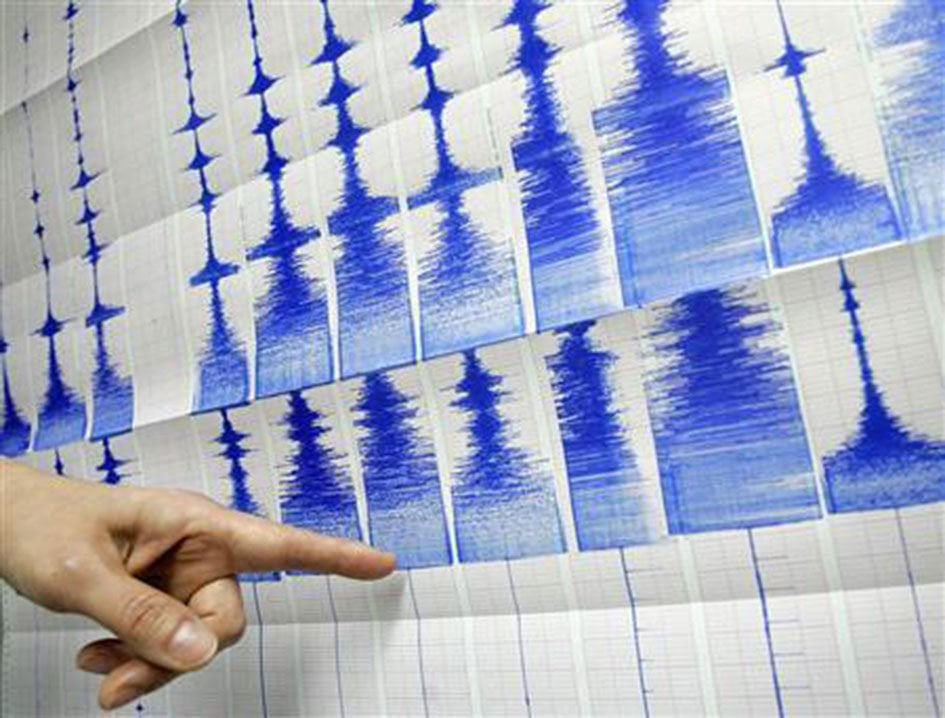
The number of earthquakes in Pakistan has been rising steadily over the past five years. The Pakistan Meteorological Department recorded about 851 seismic disturbances in 2015.
The figures were shared by Met Office Director General Dr Ghulam Rasool while addressing the media in Islamabad on Tuesday. The National Disaster Management Authority chairman, Maj Gen Asghar Nawaz was also present.

He said the department observed a rapid surge in the number of earthquake jolts over the past five years. There were 543 quakes recorded in 2011, 754 in 2012, 675 in 2013, 771 in 2014 and 851 last year.
Earthquake jolts Islamabad, parts of K-P
Pakistan comes in the South Asian region, which has three large mountain ranges at a junction of seismic fault lines. In the north is the stationary Eurasian tectonic plate. In the south is the moving Indian plate, which makes the zone more prone to earthquakes.
Rasool said since the 8.1 magnitude earthquake of October 26, almost 800 aftershocks had been received. Only about 150 of these aftershocks were above the intensity of 4.0 magnitude.
After the massive 7.6 magnitude earthquake of October 8, 2005, almost 3,500 aftershocks were registered that continued for several months.
“Minor tremors are good for releasing earth’s energy and help against bigger shocks,” Rasool claimed. The Hindu Kush region, he said, suffered more earthquakes with 80% of them hitting the Pak-Afghan and Afghanistan-Tajikistan borders. Brushing aside questions whether or not Pakistan can accurately record earthquakes, the PMD chief said the department was well-equipped to monitor seismic activity.
The PMD and the United States Geological Survey often give conflicting data on the intensity of quakes in Pakistan. The October 26 jolts were recorded at 7.5 on Richter scale by the USGS, whereas, the PMD put the intensity at 8.1.
Rasool clarified the PMD had 20 observation stations in the country besides another 15 centres of the neighbouring countries to accurately calculate the intensity of earthquakes. The USGS has only seven stations in this area. “The Met Office gets reports from 35 stations and calculates the average of the readings,” he added.
October earthquake might have reactivated dormant fault lines: PMD
NDMA Chairman Nawaz said that after the October 26 earthquake, the authority called upon officials of the PMD, the Atomic Energy Commission, National Engineering Services Pakistan, Pakistan Space and Upper Atmosphere Research Commission, Pakistan Engineering Council and other related departments to analyse the aftershocks.
He said the NDMA was also working on establishing a monthly, online catalogue of earthquakes on its website to facilitate the public.
Published in The Express Tribune, January 6th, 2016.








1732549780-0/Speaker-Na-photo-22_04_2014-(1)1732549780-0-270x192.webp)








COMMENTS
Comments are moderated and generally will be posted if they are on-topic and not abusive.
For more information, please see our Comments FAQ